Alpha Trading: Profitable Strategies That Remove Directional Risk
$26.01
| Author(s) | |
|---|---|
| Format |
|
| Pages |
260 |
| Publication Year |
2011 |
In Alpha Trading, Kaufman shows how to make trading profits even when there are no market trends and price shocks rock the markets every day. His strategies, long shown to be profitable, are called statistical arbitrage, or stat-arb, and they can be traded by holding positions for a few days, as he suggests, or for milliseconds as implemented by the big investment houses. They include all forms of stat-arb trading, from spreads to yield-curve trading to program trading, and from the simplest pairs trade to large-scale market neutral strategies. Kaufman covers each one in detail, ultimately showing you how to change the shape of your risk and drastically increase your probability of profiting under any market conditions.
Author’s Note:
I wanted to write this book after the collapse of the tech bubble in 2000, but it wasn’t until the subprime disaster of 2008 that I decided to do it. Investors should not be subject to the tremendous losses that the market serves up. And traders do not need to make a commitment to a long or short position all the time. There are other choices, and those choices do not necessitate compromising returns. They do require somewhat more complicated positions, but the reward is that, if the S&P collapses because of a terrorist attack, or program trading by one of the big investments houses runs amok and causes a 10 percent drop in the S&P, you are safe.
We’ve learned greater respect for risk in the past few years. It’s a lesson that we all should have learned much sooner, but any time is a good time to improve your skills. Part of that advancement is to be aware of unconscious risks. When we trade more than one stock, each trade should have equal risk. That gives each trade an equal opportunity to contribute to the final results. If you don’t do that, you are consciously or unconsciously saying that you think the trade with the largest risk is most likely to give you the best return. If that’s the case, you should only make one trade in the best item and forget about diversification.
This book is as much about the process as it is about the results. Its target audience is active traders but not necessarily intraday traders. The intended reader is someone who spends time deciding which stocks or futures markets to buy or sell and doesn’t hold a trade indefinitely when it goes the wrong way. Each step is explained, and there are examples of how the numbers should look. There is also a website that has the basic spreadsheets needed to do all the calculations.
The strategies in this book are well known to be profitable. They are called statistical arbitrage, or stat-arb, and they can be traded by holding positions for a few days, as suggested here, or for milliseconds, as implemented by the big investment houses. To trade, all you need is a spreadsheet to do a few calculations; then enter prices at the end of the day or anytime during the day when you think there is an opportunity. Trades have a high probability of success.
You cannot just believe that something works; you need to prove it to yourself. The black box approach is unacceptable and has proved a disaster to many investors. It’s your money, and you owe it to yourself to understand and verify everything—even what is shown in this book. It is one thing to be given a strategy and another to use it successfully. Once you have verified and paper-traded the strategies, you have a better chance of being successful because you have become part of the development process.
The development process is an exciting exploration. It begins with a sound premise and moves down various paths that may or may not turn out to be useful. But at the same time, it teaches valuable lessons. You understand why one idea works and another doesn’t. You understand the robust and the fragile parts of the strategies. At some time in the future, you may be called upon to change the strategy because the market has changed—volatility has dropped to a level that limits opportunity or risen to a point of unacceptable risk. Markets that used to move together no longer do so, or as in the fourth quarter of 2008, markets moved together for no apparent reason.
Without having gone through the process, you do not have the knowledge to make these changes or the confidence that they will work. This book will present important strategies that should be part of any trader’s portfolio. It will develop and explain the features that are incorporated, as well as choices that were not taken. But it is the sound premise of these ideas that is the underlying reason for its success. At the end, I hope you have learned a lot and that you trade successfully.
Contents:
- Uncertainty
- The Importance of Price Noise
- Pairs Trading: Understanding the Process
- Pairs Trading Using Futures
- Risk-Adjusted Spreads
- Cross-Market Trading and the Stress Indicator
- Revisiting Pairs Using the Stress Indicator
- Traditional Market-Neutral Trading
- Other Stat-Arb Methods
Alpha Trading: Profitable Strategies That Remove Directional Risk By Perry J. Kaufman pdf
5 reviews for Alpha Trading: Profitable Strategies That Remove Directional Risk
Clear filtersOnly logged in customers who have purchased this product may leave a review.

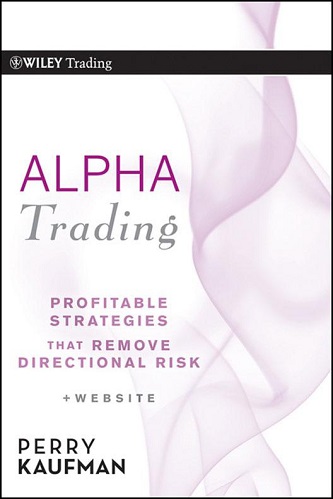
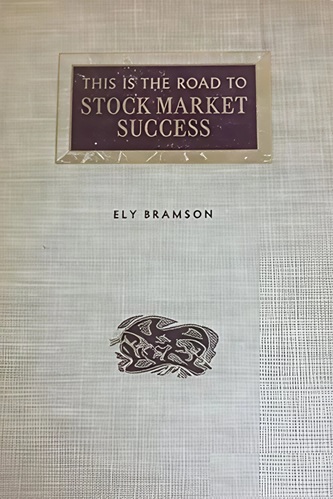
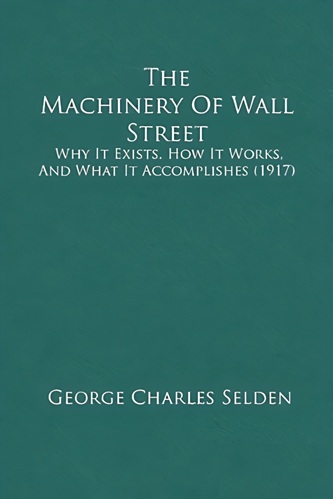
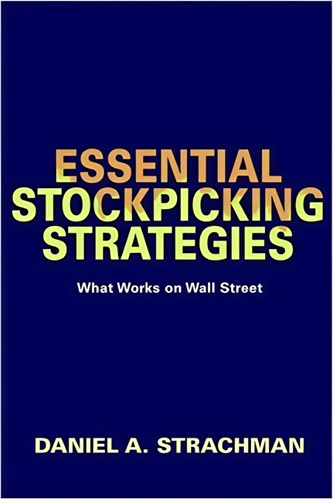
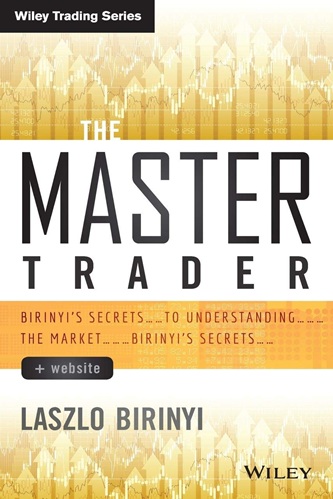
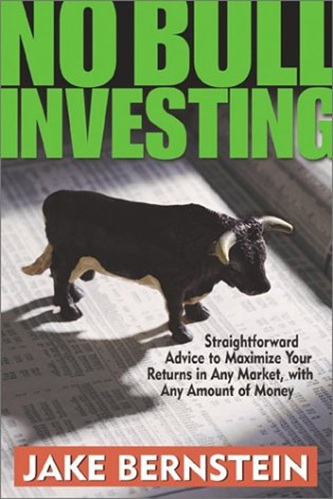
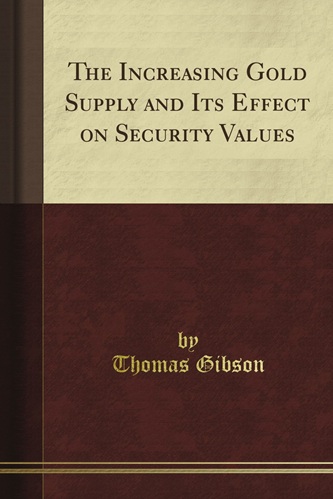
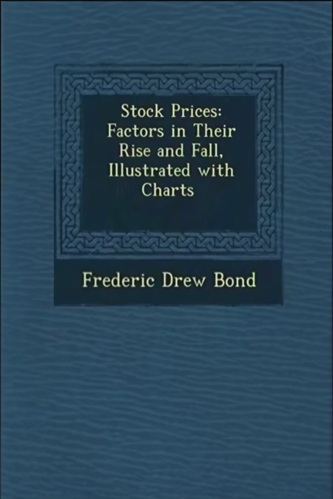
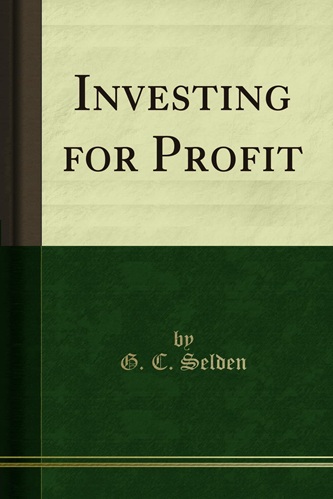
Ellison Krueger (verified owner) –
There has been hype on non-directional risk strategies, pairs trading and hedge funds in the recent years. This hype has produces a big number of content less books and articles.
This book stands out from these “hype literature” books because it delivers substantial value for people who want to develop non-directional strategies. It helps you to solve a lot of the issues you might have in developing a non-directional strategy in a very practical way.
This book is a must read for the serious non-directional risk strategy developer.
Nehemiah Potts (verified owner) –
The world has experienced many financial crises, from the South Sea bubble in the early 18th century to the Great Depression in early 20th century to the Dot Com Crash in the early 21st century to the housing and credit crisis in more recent years. It was the latter two crises which prompted author Perry Kaufman to consider alternative financial markets trading strategies which required more complex positions other than just long or short but which he suggests rewards the trader with safety during a market collapse. The result of Kaufman’s deliberations is the book Alpha Trading : Profitable Strategies That Remove Directional Risk.
According to Kaufman the focus of this book is on the active trader and the trading strategies employed are called Statistical Arbitrage or StatArb, which is the trading basis of many of the large hedge fund managers throughout the world. Statistical arbitrage is a market neutral trading method where a trader takes advantage of the expected mean reversion of the relationship between two co-integrated securities. Effectively, by cancelling out Beta (the overall market’s contribution to a security’s return) and trading Alpha (the active return of a security), a trader can feel confident during extremely volatile periods of market activity. In this book, Kaufman takes the reader on a journey through formulae and examples to illustrate effective methods for achieving trading returns with lower risk profiles.
The book begins by examining the importance of price noise in a market with Kaufman examining the ‘drunken sailor walk’ and the efficiency ratio and quickly moves to a substantial section on the process of trading pairs of securities, initially equities and then futures. Examples are thorough and provide a good basis to understanding the process. Sample spreadsheets are provided on a website link referred to in the book.
In the next chapter Kaufman examines longer term pairs trading where price noise is usually not dominant and where well defined trends tend to emerge. The relationships between Dell and Hewlett-Packard and gold and platinum are used as examples. Cross market trading is also examined with a focus on the use of the ‘stress indicator’.
Alpha Trading, is similar to Kaufman’s previous books, New Trading Systems and Methods and A Short Course in Technical Trading, in it’s examination of the quantitative aspects of trading but departs by not using Technical Analysis as the focus of the strategies. It provides well explained, robust methods for traders considering alternative quantative trading strategies.
Paige Mann (verified owner) –
This is a very well written, practical trading guide for novice and experienced pairs traders. It’s great for new traders because it doesn’t include any hype or build expectations of achieving exceptional returns with ease. It’s a good study for experienced traders because it is very detailed and includes the Excel worksheets for the indicators. Kaufman even sent me the EZ Langauge code for a TradeStation indicator.
Reese Li (verified owner) –
the book is excessively verbose and low on content. if you’re purchasing this after reading Kaufmann’s last book, dont ! you’ll be disappointed.
Jones Rogers (verified owner) –
Finally an advanced market neutral strategies that are innovative, profitable, and built on sound premises. This book is packed with tradable strategies across different asset classes. This is indeed the type of rigorous quantitative analyses that the trading community would expect only from a respected author like Perry Kaufman. One cannot thank this author enough for revealing and sharing his lifetime knowledge and experience with others that easily. If you are really seeking alpha, then do yourself a favor and study this book from cover to cover. Impressive! I wish I could give it more than five stars.